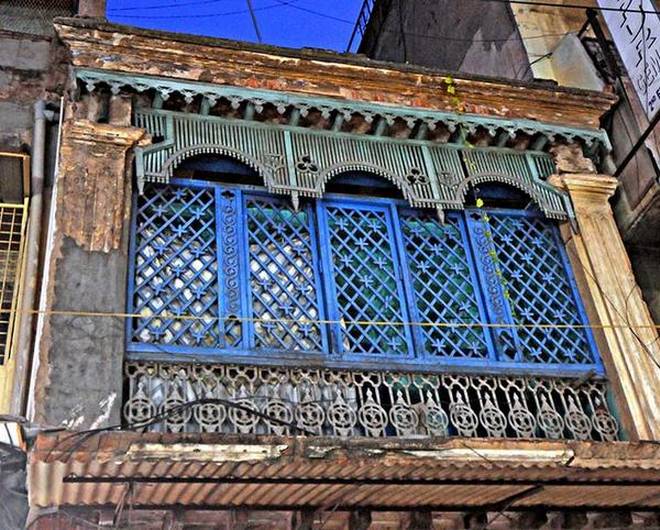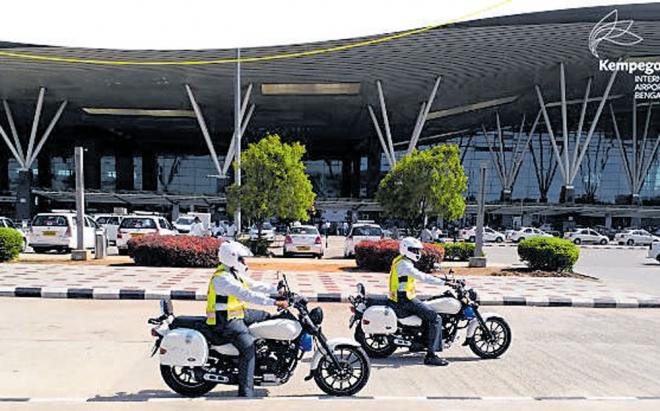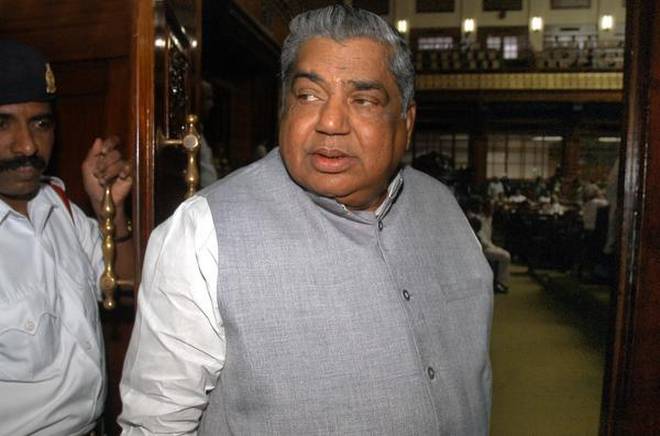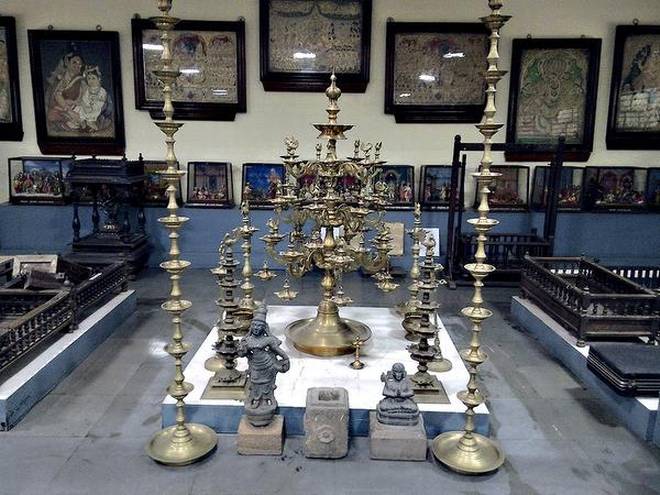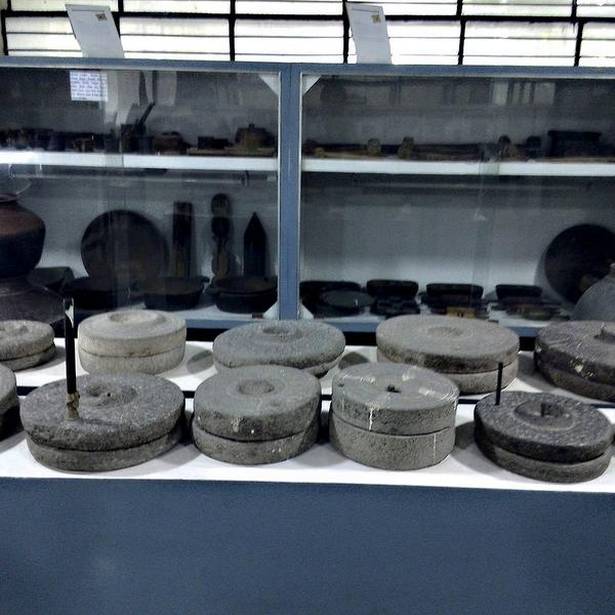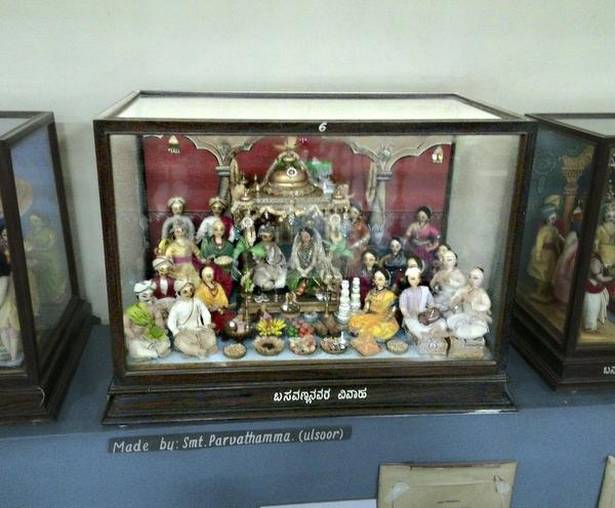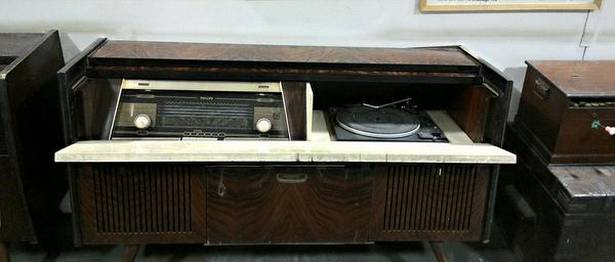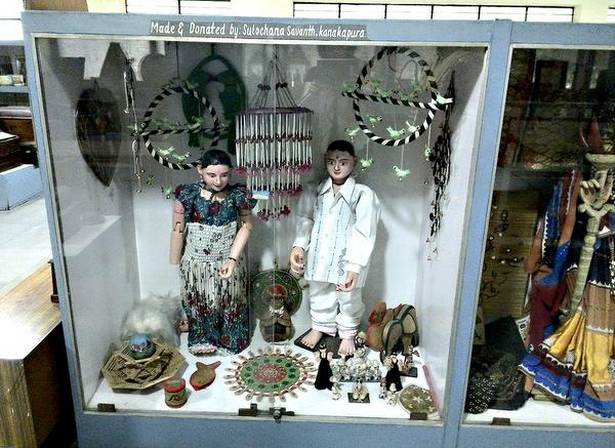
He gave the country its first spacecraft
Udupi Ramachandra Rao, former chairman of the Indian Space Research Organisation, acclaimed space scientist acknowledged as the father of Indian satellite technology, is no more.
The celebrated cosmic ray scientist with an MIT scholarship and experience with early NASA projects in the 1960s is best remembered as the man who gave the country its first spacecraft Aryabhata from out of modest un-space-like industrial sheds of Peenya in Bengaluru.
His demise at age 85 somewhat brings the curtain on the starry era of pioneering space troika of Vikram Sarabhai, Satish Dhawan and U.R. Rao.
Regulars at Antariksh Bhavan, the headquarters of ISRO and the Department of Space, will miss the gentle genius. A workaholic, Dr. Rao was active until about two weeks back in his office at Antariksh Bhavan, recalled ISRO Publications and Public Relations Director Deviprasad Karnik.
Guided by Sarabhai
When Dr. Rao returned in 1966 to India from stints in the US, the Americans and the Russians were flying their spacecraft of their rockets and had reached Moon. Over here, they were the days of low budgets, small human resource but high spirits and goals.
Dr. Rao’s space journey blossomed under the tutelage of Vikram Sarabhai, his doctoral guide and later boss at ISRO: in 1972, Sarabhai tasked the young Rao — fresh from MIT and the only Indian then who had worked on NASA’s Pioneer and Explorer satellite projects — with building an Indian satellite.
Then Prime Minister Indira Gandhi had come down to see the assembled satellite — Aryabhata — which was launched on a Russian rocket in 1975. Indian satellites had started sprouting.
As the first director of what is now called ISRO Satellite Centre, Dr. Rao was responsible for 18 early satellites including the landmark Bhaskara, APPLE, the Indian Remote sensing Satellites or IRSs. His mantra was – ‘If others can do, we can do better’.
In 1984, Dr. Rao succeeded Satish Dhawan as ISRO Chairman and Secretary, Department of Space, going on to have the second longest tenure in the high post – ten years. (Dr. Dhawan headed it for 12 years.) Dr. Rao was the chairman of the governing council of Physical Research Laboratory until the end, apart from many science ad technology bodies.
Shaped many a project
At ISRO, there has not been a planetary mission that has not been touched or tweaked by Dr. Rao. As the chairman of overseeing body ADCOS or the Advisory Committee on Space Sciences, he finalised, shaped, refined or designed the Chandrayaan-1 lunar mission of 2008; the Mars Orbiter Mission of 2013; and the upcoming Chandrayaan-2 set for 2018.
“I look for excitement in any field,” he had said. One of the current unfinished projects of the cosmic ray scientist is Aditya L1 mission – India’s upcoming solar observatory, so to say. Aditya was earlier planned as a near-Earth mission looking at Sun. However, Dr. Rao – close associates say – convinced ISRO to greatly enlarge its feature and scope. For him, the spacecraft must gaze at Sun from an apparently stable point called L1 or Legrangian point. He prevailed and now Aditya-L1, as it is now renamed, will travel million km to do its job from a point undistubed by either Earth or Sun.
Associates recall that he was always updated of developments in his field and related sciences. He was forthright, had a “sharp, analytical mind, enormous intellectual ability and [could] quickly make back of the envelop computations for complex solutions,” recalled V.Jayaraman, his doctoral student and erstwhile Director of ISRO’s Earth Observation Systems and later National Remote Sensing Agency, in an article in Current Science titled Living legends in Indian Science.(Vol. 106, No.. 1588 11, 10 June 2014.)
The same article recounts how Dr. Rao ensured that a remote sensing satellite was launched from a Soviet spaceport amidst extraordinary conditions: “Even as [then Soviet] President [Mikhail] Gorbachev resigned as general secretary of the Communist Party of Soviet Union on 24 August 1991, and the mighty Soviet Union collapsed in the next few days, IRS-1B was launched without any hitch on 29 August 1991 from Baikonur. The presence of Rao [in spite of advices to stay back] served as a balm, not only for the ISRO team at the launch pad and helping them to stay focussed and keep a high morale, but also as a great relief for their families back home. For us associated with that historic event, it will remain as [a] lesson as to how a leader should behave in times of crisis and to be with his team, … whatever be the hurdles.”
Two years back, he was down with cough and fever, yet drove 15 km to his ISRO office to keep his engagements – one of them an appointment with this reporter. When he was told that he could have postponed the meeting, Dr. Rao typically said, “Some people prefer to rest, I prefer to work.
All through my life I have worked when I am sick – to forget the sickness. Or else I will be a nuisance to others.”
As chairman, Dr. Rao accelerated the rocket development programmes but with mixed luck. He presided over the fruition of the ASLV early rocket, much of the development of the now-famous PSLV. He laid the foundation for the GSLV by signing a pact with the Russians in 1991 for the cryogenic engine technology for its third stage. Dr. Rao’s joy was blunted as the PSLV clicked after his tenure while the Russians reneged on the cryogenic pact.
The credit for kickstarting the now working GSLV, however, is undeniably Dr. Rao’s, say ISRO oldtimers.
U.R.Rao was born on March 10, 1932, to Lakshminarayana Acharya and Krishnaveni Amma in Adamaru near Udupi – a small town that hosts one of the eight famous `Madhwa math’s sacred to Kannada Brahmins. He studied in Udupi’s Christian High School and later did his intermediate course in Bellary’s Veerashaiva College. A B.Sc at the Government Arts and Science College, Ananthapur, then under Madras University. He completed his M.Sc in Physics from Banaras
Hindu University 1953 and briefly taught in Ahmednagar and Mysore. But space sicence was beckoning and he enrolled for a PhD under none other than Vikram Sarabhai at the Physical Research Laboratory, Ahmedabad, and got the doctoral degree in 1960 from Gujarat University.
The article by Dr. Jayaraman says the story of a small-town boy’s rise “to a lofty position as Chairman of ISRO, a prestigious organisation and of international fame, should be a motivational force to many young aspirants in our country.”
source: http://www.thehindu.com / The Hindu / Home> Sci-Tech> Science / by Madhumathi D.S / Bengaluru – July 24th, 2017
